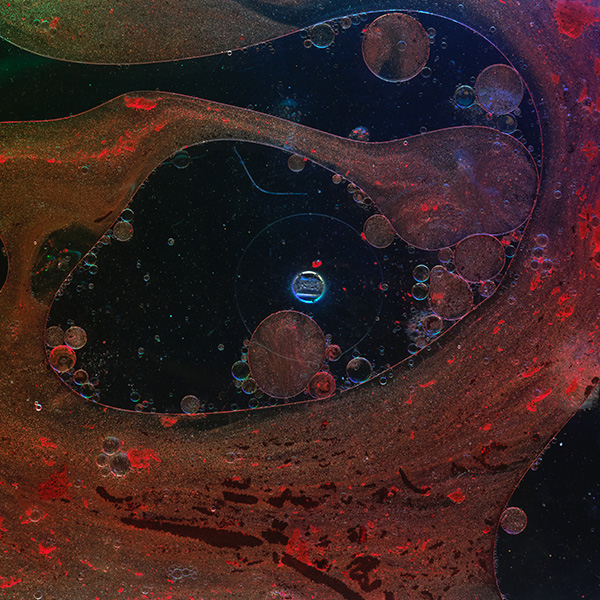Key Benefits
- Screen for subclinical hyperthyroidism when TSH is low but T4 is normal.
- Spot thyroid imbalance early to prevent progression to full hyperthyroidism.
- Flag higher risks for atrial fibrillation, bone loss, and cardiovascular strain.
- Explain palpitations, anxiety, heat intolerance, or weight loss despite normal hormones.
- Guide next tests, including Free T3, thyroid antibodies, and medication review.
- Protect fertility by identifying overactivity that disrupts ovulation and increases miscarriage risk.
- Support pregnancy planning with trimester-specific targets and careful monitoring if TSH stays suppressed.
- Track trends over time to confirm persistence and decide monitoring versus therapy.
What are Subclinical Hyperthyroidism
Subclinical hyperthyroidism biomarkers capture a quiet excess of thyroid signaling before it becomes obvious. They reflect the thyroid–pituitary conversation that governs metabolism and energy use. The anchor test is the brain’s control signal, thyroid‑stimulating hormone (TSH), which is exquisitely sensitive to even small increases in thyroid activity. Alongside it, free thyroid hormones—free thyroxine (free T4) and free triiodothyronine (free T3)—show how much active hormone is circulating. In this condition, the key clue is a mismatch: the pituitary’s signal (TSH) indicates “too much” thyroid drive while free T4 and free T3 still appear normal. Cause‑focused biomarkers can add context. Thyroid‑stimulating immunoglobulins (TSI) or TSH receptor antibodies (TRAb) indicate autoimmune stimulation from Graves disease. Thyroglobulin (Tg) reflects hormone made by the thyroid itself and can help distinguish internal overproduction from hormone taken as medication. Together, these biomarkers detect early thyroid overactivity, point to its source, and provide a baseline to monitor whether the thyroid’s quiet push on the heart, bones, and metabolism is steady, escalating, or resolving.
Why are Subclinical Hyperthyroidism biomarkers important?
Subclinical hyperthyroidism biomarkers tell you how “hard” the thyroid axis is pressing the body’s accelerator. When the pituitary’s signal (TSH) is suppressed while circulating thyroid hormone measures remain normal, tissues can still experience a subtle, system-wide push: faster heart rhythms, higher metabolic tone, more bone turnover, and heightened adrenergic sensitivity.
In most labs, TSH reference spans roughly 0.4–4, while a Free T4 Index within the lab’s normal range indicates adequate circulating thyroxine. In subclinical hyperthyroidism, TSH sits below the lower limit (often markedly low) and the Free T4 Index stays normal. For steady physiology, both tend to feel most “quiet” near the middle of their ranges; values drifting to the edges signal strain on control systems.
When TSH is low, the pituitary is signaling that thyroid hormone action is already ample. Even with a normal Free T4 Index, tissues can run “hot”: palpitations, tremor, heat intolerance, anxiety, and sleep fragmentation may appear; weight can trend down despite unchanged appetite. Older adults face higher risks of atrial fibrillation and heart failure. Postmenopausal women experience accelerated bone loss and fracture risk. Children and teens may show restlessness and concentration issues. In early pregnancy, low TSH can be physiologic from hCG stimulation when the Free T4 Index is normal and symptoms are absent.
Big picture: these biomarkers integrate cardiovascular rhythm, skeletal remodeling, metabolism, and neuropsychologic tone. Persistently suppressed TSH with a normal Free T4 Index is linked to atrial fibrillation, reduced bone density, and progression to overt hyperthyroidism—making them essential for understanding long-term systemic risk.
What Insights Will I Get?
Subclinical hyperthyroidism testing shows how much thyroid signaling the body receives before overt excess. Thyroid tone shapes energy use, heat, heart rhythm, bone turnover, mood, and reproduction. At Superpower, we test these specific biomarkers: TSH ↓, Free T4 Index N.
TSH (thyroid-stimulating hormone) is the pituitary’s control signal. When thyroid hormone action runs high for your set-point, TSH falls via negative feedback. The Free T4 Index estimates bioactive thyroxine adjusted for binding proteins. In subclinical hyperthyroidism, TSH is low while the Free T4 Index is normal; free T3 is usually normal too.
This pattern reflects higher-than-usual thyroid tone with hormones still in-range. System stability can be less resilient: cardiac excitability and atrial fibrillation risk rise, bone resorption accelerates, thermogenesis and weight regulation shift, and sleep and cognition feel more wired. The lower the TSH (especially if suppressed), the greater the chance of progression to overt hyperthyroidism and cumulative strain.
Notes: Age (higher rhythm and bone risks in older adults), pregnancy (physiologic first-trimester TSH suppression), acute illness (non-thyroidal illness lowers TSH), pituitary disease, and iodine exposure affect results. Assay variability matters; biotin, glucocorticoids, dopamine agonists, and amiodarone alter readings. Reference ranges differ; interpretation relies on pattern and context.







.avif)



.svg)





.svg)


.svg)


.svg)

.avif)
.svg)










.avif)
.avif)
.avif)


.avif)
.png)


